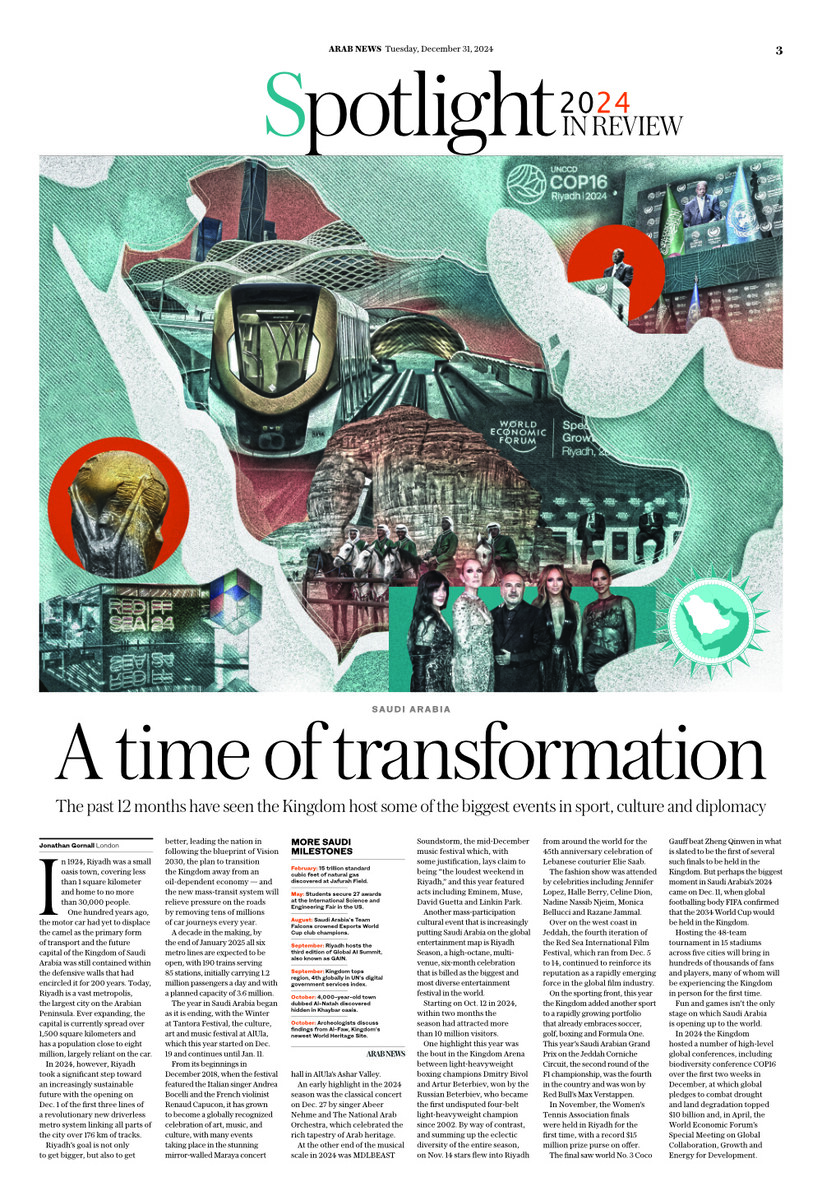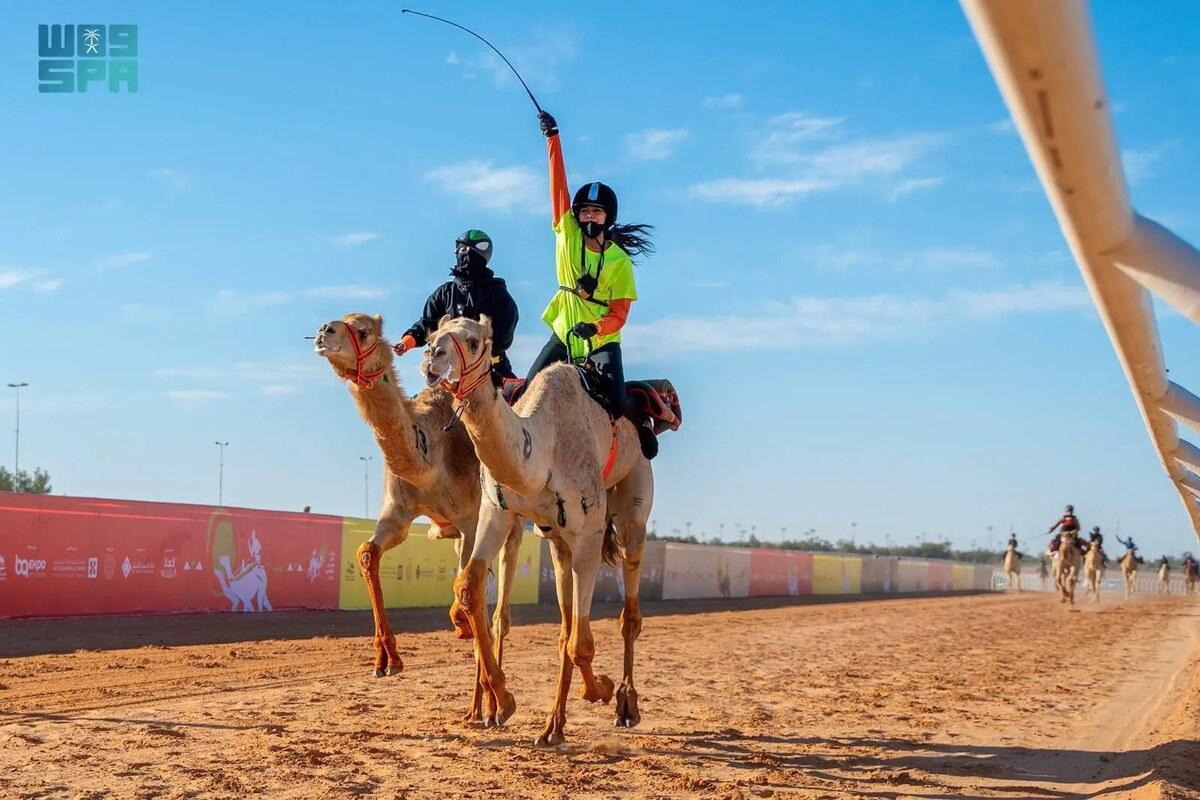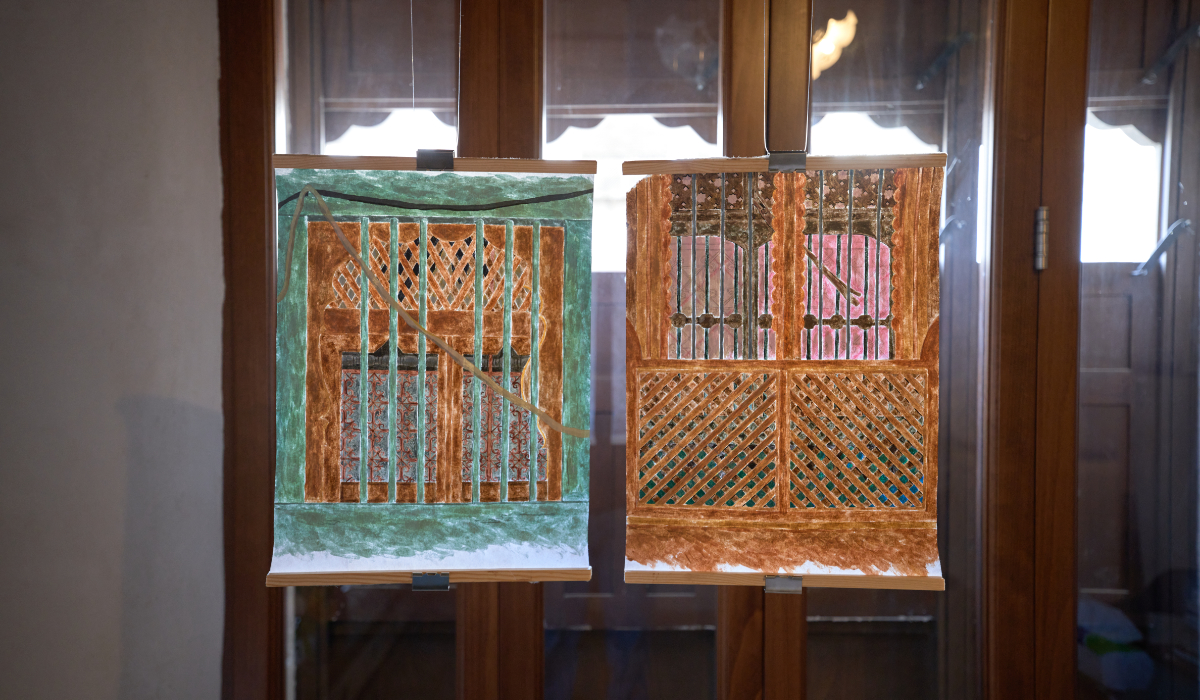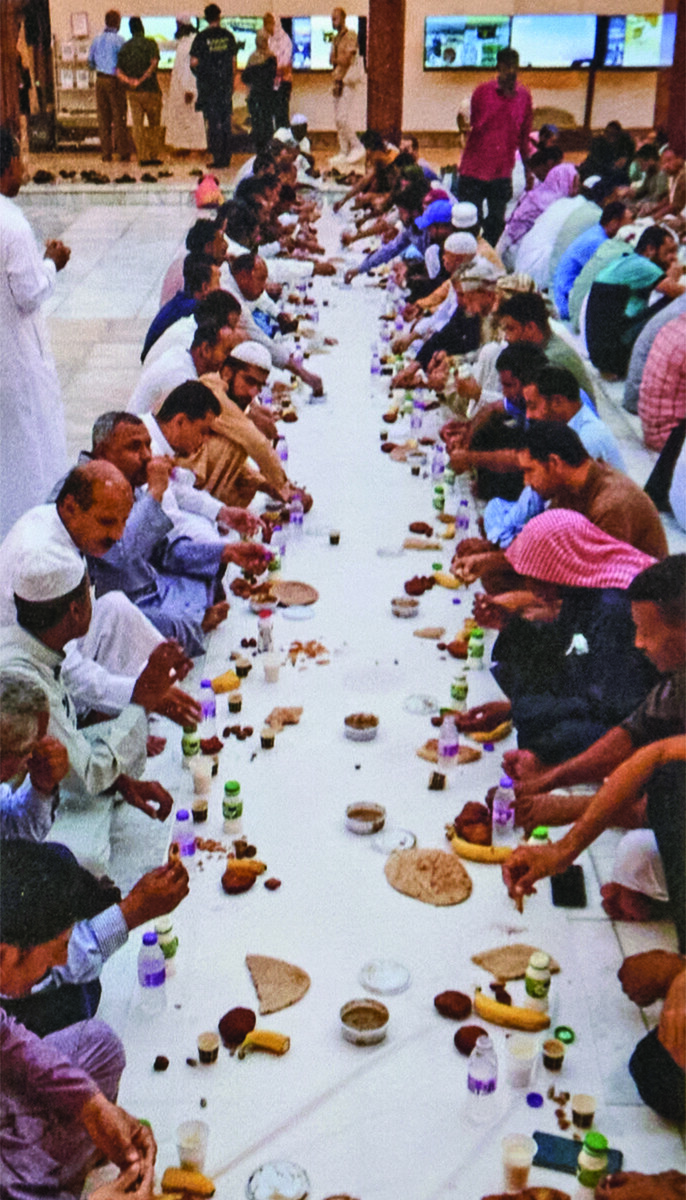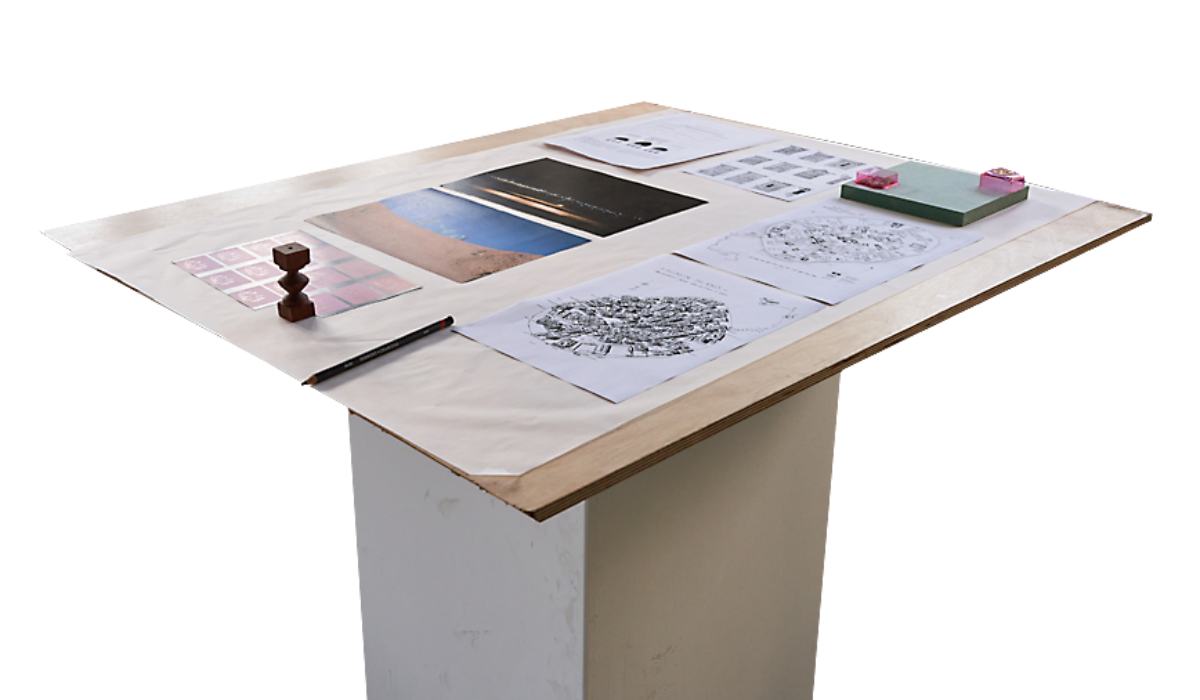LONDON: In 1924, Riyadh was a small oasis town, covering less than one square kilometer and home to no more than 30,000 people.
One hundred years ago, the motor car had yet to displace the camel as the primary form of transport and the future capital of the Kingdom of Saudi Arabia was still contained within the defensive walls that had encircled it for 200 years.
Today, Riyadh is a vast metropolis, the largest city on the Arabian Peninsula. Ever expanding, the capital is currently spread over 1,500 square kilometers and has a population close to eight million, largely reliant on the car.
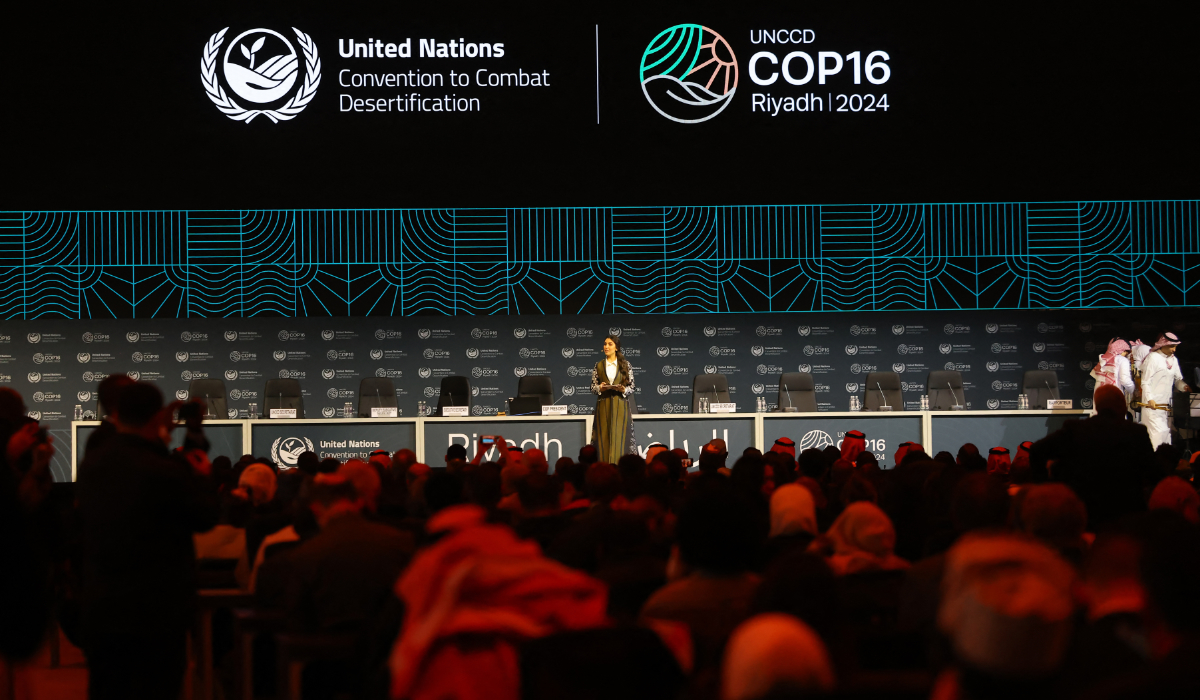
A picture shows the opening session of the United Nations Convention to Combat Desertification, UNCCD COP16, in the Saudi capital Riyadh on December 2, 2024. (AFP)
In 2024, however, Riyadh took a significant step toward an increasingly sustainable future with the opening on Dec. 1 of the first three lines of a revolutionary new driverless metro system linking all parts of the city over 176 km of tracks.
Riyadh’s goal is not only to get bigger, but also to get better, leading the nation in following the blueprint of Vision 2030, the plan to transition the Kingdom away from an oil-dependent economy — and the new mass-transit system will relieve pressure on the roads by removing tens of millions of car journeys every year.
A decade in the making, by the end of January 2025 all six metro lines are expected to be open, with 190 trains serving 85 stations, initially carrying 1.2 million passengers a day and with a planned capacity of 3.6 million.
MORE SAUDI MILESTONES
• February: 15 trillion standard cubic feet of natural gas discovered at Jafurah Field.
• May: Students secure 27 awards at the International Science and Engineering Fair in the US.
• August: Saudi Arabia’s Team Falcons crowned Esports World Cup club champions.
• September: Riyadh hosts the third edition of Global AI Summit, also known as GAIN.
• September: Kingdom tops region, 4th globally in UN’s digital government services index.
• October: 4,000-year-old town dubbed Al-Natah discovered hidden in Khaybar oasis.
• October: Archaeologists discuss findings from Al-Faw, Kingdom’s newest World Heritage Site.
Treasured traces of the city’s past remain. Line 1, the Blue Line, which serves the north-south axis of the capital, passes close by the old town, where Al-Masmak Fort, once the largest building in Riyadh, dating back to the 19th century and recaptured by Abdulaziz Al-Saud in 1902, still stands in testimony to the Kingdom’s past.
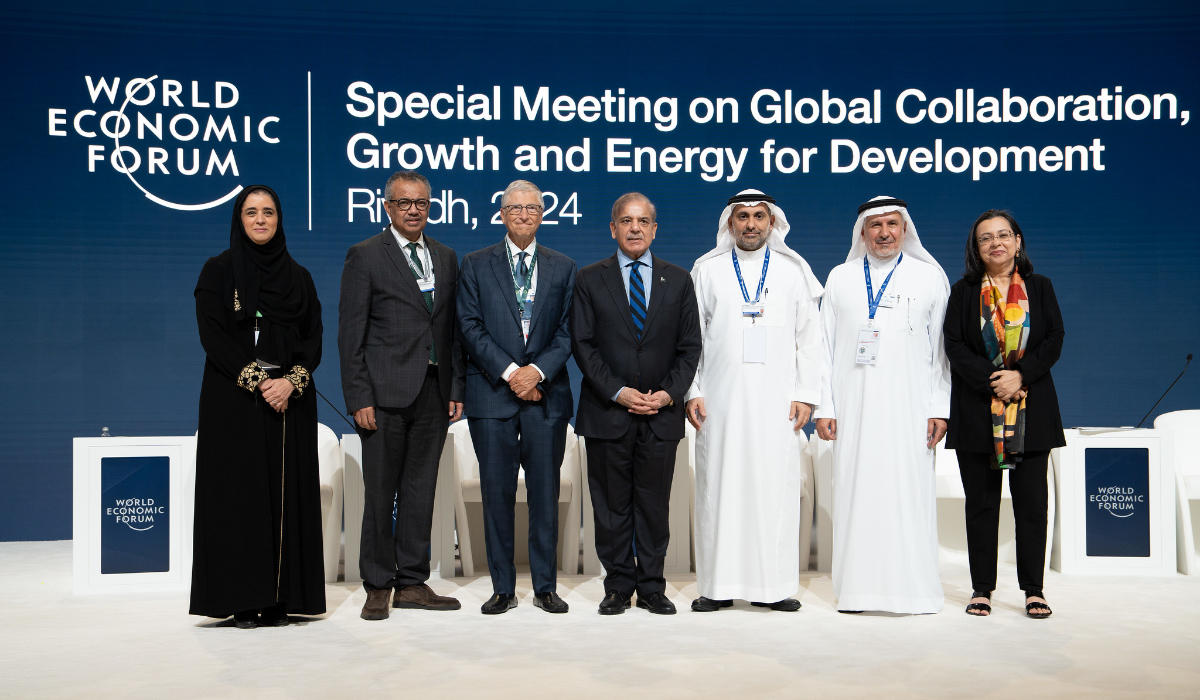
Fahad bin Abdurrahman Al-Jalajel, Minister of Health of Saudi Arabia; Abdullah Al Rabeeah, Supervisor General, King Salman Humanitarian Aid and Relief Centre, Saudi Arabia; Anita Zaidi, President, Gender Equality, Bill & Melinda Gates Foundation, USA; Keir Simmons, Chief International Correspondent, NBC News, United Kingdom; Mian Muhammad Shehbaz Sharif, Prime Minister of Pakistan; Tedros Adhanom Ghebreyesus, Director-General, World Health Organization (WHO); William H. Gates, Co-Chair, Bill & Melinda Gates Foundation, USA; Speaking in the Bridging the Health Gap session at the Special Meeting on Global Collaboration, Growth and Energy for Development 2024, Riyadh, Saudi Arabia, 28 April 2024. (Photo: World Economic Forum/Deepu Das)
As Riyadh has grown and changed, so too has the whole of Saudi Arabia, and 2024 has seen a host of events that together bear witness to just how rapidly the Kingdom is evolving, transforming itself into a global player and destination in the process.
The year in Saudi Arabia began as it is ending, with the Winter at Tantora Festival, the culture, art and music festival at AlUla, which this year started on Dec. 19 and continues until Jan. 11.
From its beginnings in December 2018, when the festival featured the Italian singer Andrea Bocelli and the French violinist Renaud Capucon, it has grown to become a globally recognized celebration of art, music, and culture, with many events taking place in the stunning mirror-walled Maraya concert hall in AlUla’s Ashar Valley.
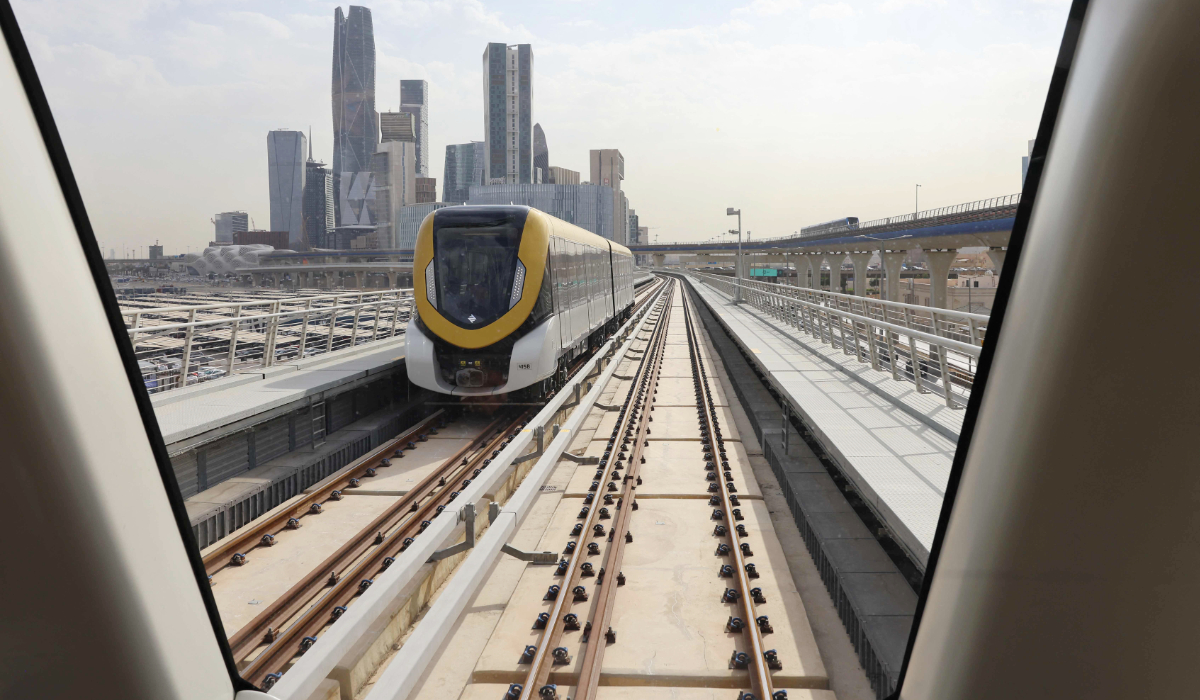
A train travels to the King Abdullah Finance District "KAFD" metro station in the Saudi capital Riyadh on December 1, 2024. (AFP)
An early highlight in the 2024 season was the classical concert on Dec. 27 by singer Abeer Nehme and The National Arab Orchestra, which celebrated the rich tapestry of Arab heritage.
At the other end of the musical scale in 2024 was MDLBEAST Soundstorm, the mid-December music festival which, with some justification, lays claim to being “the loudest weekend in Riyadh,” and this year featured acts including Eminem, Muse, David Guetta and Linkin Park.
Another mass-participation cultural event that is increasingly putting Saudi Arabia on the global entertainment map is Riyadh Season, a high-octane, multi-venue, six-month celebration that is billed as the biggest and most diverse entertainment festival in the world.

A view of the red carpet at the Red Sea International Film Festival in Jeddah, Saudi Arabia, Dec. 6, 2024. (AP)
Starting on Oct. 12 in 2024, within two months the season had attracted more than 10 million visitors.
One highlight this year was the bout in the Kingdom Arena between light-heavyweight boxing champions Dmitry Bivol and Artur Beterbiev, won by the Russian Beterbiev, who became the first undisputed four-belt light-heavyweight champion since 2002.
By way of contrast, and summing up the eclectic diversity of the entire season, on Nov. 14 stars flew into Riyadh from around the world for the 45th anniversary celebration of Lebanese couturier Elie Saab.

The year in Saudi Arabia began as it is ending, with the Winter at Tantora Festival, the culture, art and music festival at AlUla, which this year started on Dec. 19 and continues until Jan. 11. (Shutterstock)
The fashion show was attended by celebrities including Jennifer Lopez, Halle Berry, Celine Dion, Nadine Nassib Njeim, Monica Bellucci and Razane Jammal.
Over on the west coast in Jeddah, the fourth iteration of the Red Sea International Film Festival, which ran from Dec. 5 to 14, continued to reinforce its reputation as a rapidly emerging force in the global film industry.
Championing films from Saudi Arabia and the Arab world, Asia, and Africa, the festival featured conversations with global stars including Sarah Jessica Parker and Priyanka Chopra.

Saudi Media Forum in Riyadh. (SPA)
On the sporting front, this year the Kingdom added another sport to a rapidly growing portfolio that already embraces soccer, golf, boxing and Formula One. This year’s Saudi Arabian Grand Prix on the Jeddah Corniche Circuit, the second round of the F1 championship, was the fourth in the country and was won by Red Bull’s Max Verstappen.
In November, the Women’s Tennis Association finals were held in Riyadh for the first time, with a record $15 million prize purse on offer.
The final saw world No. 3 Coco Gauff beat Zheng Qinwen in what is slated to be the first of several such finals to be held in the Kingdom.

Models display the latest collection during Jimmy Fashion show in Riyadh. (REUTERS)
After her victory against the Chinese Olympic champion, the 20-year-old American praised the event as inspirational for young Saudis, “just to show young girls that, you know, their dreams are possible,” she said.
She added: “I’m literally no different than they are. We just maybe come from different places.”
By the time she retired, she said, she hoped there would be a Saudi Grand Slam champion.

People attend the Soundstorm music festival, organized by MDLBEAST, in Banban on the outskirts of the Saudi capital Riyadh. (AFP)
But perhaps the biggest moment in Saudi Arabia’s 2024 came on Dec. 11, when global footballing body FIFA confirmed that the 2034 World Cup would be held in the Kingdom.
Hosting the 48-team tournament in 15 stadiums across five cities will bring in hundreds of thousands of fans and players, many of whom will be experiencing the Kingdom in person for the first time.
“For us, soccer or football is not only a sport,” Saudi Sports Minister Abdulaziz bin Turki Al-Faisal said after the news was announced, “it is a value that we share with the entire world.”
Saudi Arabia, he added, was “looking forward to hosting” many more events and making football history.
“This is the chance to invite you all to visit my country, to celebrate our culture, to see the greatest success story with your own eyes.”
Fun and games isn’t the only stage on which Saudi Arabia is opening up to the world.
In 2024 the Kingdom hosted a number of high-level global conferences, including biodiversity conference COP16 over the first two weeks in December, at which global pledges to combat drought and land degradation topped $10 billion and, in April, the World Economic Forum’s Special Meeting on Global Collaboration, Growth and Energy for Development.
